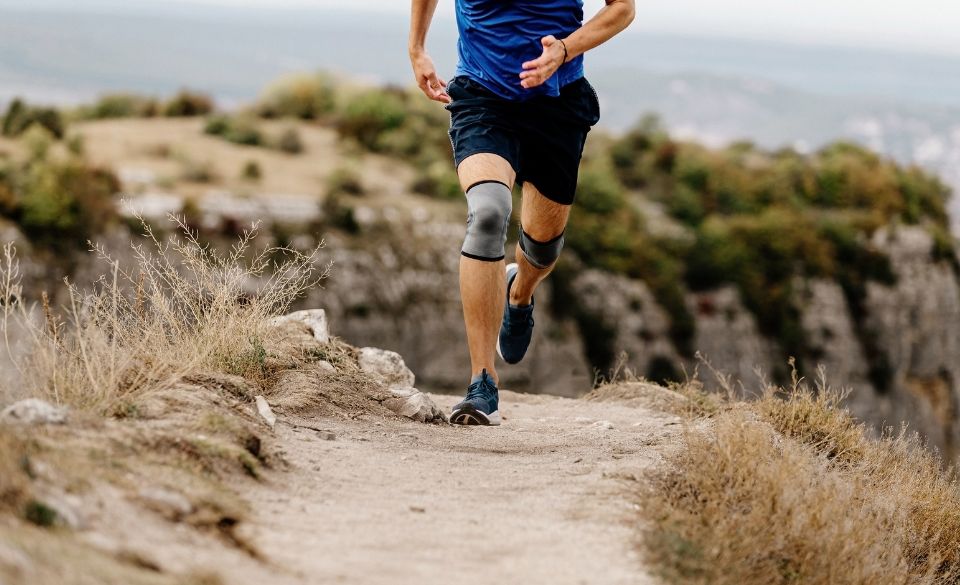
Running with Wonky Legs: Tips and Strategies
Page Contents
Running is a popular form of exercise that provides numerous health benefits, including improved cardiovascular health, reduced risk of chronic diseases, and weight loss. However, for some runners, wonky legs can be a challenge that affects their ability to run comfortably and effectively. In this article, we’ll explore the causes of wonky legs, the impact of running on this condition, and some tips and strategies for running with wonky legs.
Understanding Wonky Legs
“Wonky legs” is a term used to describe a condition where an individual’s legs are not straight, which can lead to issues with balance, gait, and alignment. This condition can be caused by a variety of factors, including genetic predisposition, developmental issues during childhood, injury, and chronic conditions such as arthritis or osteoporosis.
Wonky legs can take on many forms, including bowed legs (also known as genu varum), knock knees (genu valgum), and leg length discrepancies. These conditions can cause uneven weight distribution across the joints and can result in excess pressure on certain areas of the body, leading to discomfort, pain, and an increased risk of injury.
While wonky legs can pose challenges for runners, it’s important to note that many individuals with this condition are still able to run and engage in other physical activities. With proper training, footwear, and form, runners with wonky legs can minimize their risk of injury and improve their overall performance.
Knock Knees: This condition, also known as genu valgum, is characterized by knees that angle inward and touch each other when the feet are together.
Bow Legs: This condition, also known as genu varum, is characterized by legs that curve outward and away from each other when the feet are together.
Leg Length Discrepancy: This condition is characterized by one leg being shorter than the other, which can lead to an uneven gait and posture.
Impact of Running on Wonky Legs
The impact of running on individuals with wonky legs can vary greatly depending on the severity of the condition and the individual’s running form and technique. However, there are some general considerations to keep in mind.
One study published in the Journal of Sports Medicine found that runners with abnormal knee angles, which can be a sign of wonky legs, were more likely to experience knee pain and injuries. Another study published in the Journal of Biomechanics found that runners with a greater degree of knee malalignment had an increased risk of developing patellofemoral pain syndrome, a common knee injury.
However, it’s important to note that wonky legs don’t necessarily mean an increased risk of injury or pain. In fact, some individuals with wonky legs may find that running actually helps improve their condition by strengthening the muscles and improving overall alignment.
It’s essential for individuals with wonky legs to consult with a medical professional, such as a physical therapist or sports medicine doctor, to assess their condition and develop a personalized plan for running.
Tips and Strategies for Running with Wonky Legs
Running with wonky legs can be challenging, but with the right tips and strategies, it is possible to overcome these obstacles and enjoy the benefits of running. Here are some tips to help runners with wonky legs improve their form and performance.
Strengthen and Stretch Your Muscles
One of the best things you can do to improve your running form is to strengthen and stretch your muscles. Focus on strengthening your core, glutes, and legs, especially the muscles around your knees. Strengthening these muscles can help support your knees and improve your overall stability. Stretching can help increase your range of motion and flexibility, which can reduce the risk of injury.
Use Proper Running Form
Running with wonky legs can cause your body to compensate for imbalances, leading to poor running form. Work on maintaining proper running form, such as keeping your head up, shoulders relaxed, and arms swinging naturally at your sides. Focus on landing midfoot or forefoot to reduce the impact on your knees.
Gradually Increase Your Mileage
It’s important to gradually increase your mileage to prevent overuse injuries. Start with a manageable distance and gradually increase your mileage by no more than 10% each week. This will give your body time to adapt to the increased stress and reduce the risk of injury.
Choose the Right Shoes
Choosing the right shoes can make a big difference in your running performance. Look for shoes that provide adequate support and cushioning for your feet and knees. Consider visiting a specialty running store to get a gait analysis and find the right shoes for your foot type.
Cross Train
Cross training can help improve your overall fitness and reduce the risk of injury. Consider adding strength training, cycling, or swimming to your workout routine. These activities can help improve your endurance, strength, and flexibility, which can benefit your running performance.
Listen to Your Body
It’s important to listen to your body and rest when needed. If you experience pain or discomfort while running, take a break and allow your body to recover. Ignoring these warning signs can lead to more serious injuries.
Studies have shown that runners with knee misalignment can benefit from strengthening exercises and gait retraining to improve their running form and reduce the risk of injury. A study published in the Journal of Orthopaedic & Sports Physical Therapy found that runners with patellofemoral pain syndrome (a common knee condition) improved their running form and reduced their pain by performing hip and knee strengthening exercises and gait retraining.
Running with wonky legs can be challenging, but with proper preparation, it is possible to improve your form and performance. Focus on strengthening and stretching your muscles, maintaining proper running form, gradually increasing your mileage, choosing the right shoes, cross training, and listening to your body. By implementing these tips and strategies, runners with wonky legs can enjoy the benefits of running while reducing the risk of injury.
Conclusion
Running with wonky legs can be a challenge, but with proper preparation and training, it is possible to run comfortably and effectively. By following the tips and strategies outlined in this article and working with a healthcare professional if necessary, runners with wonky legs can enjoy the many benefits of running while minimizing the risk of pain or injury.


